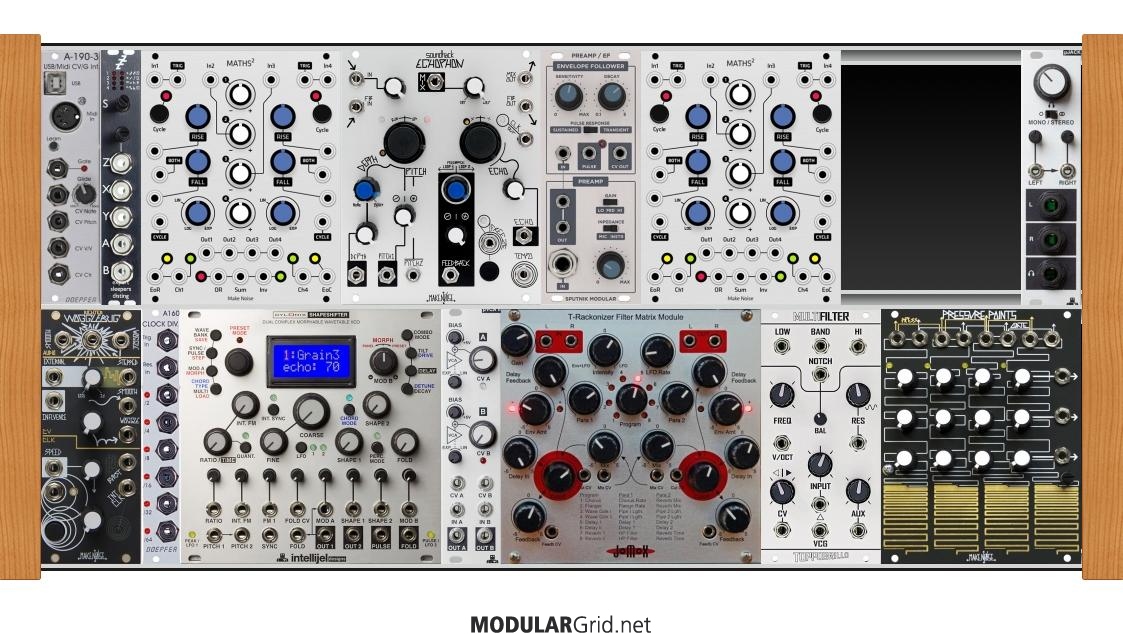So I'm new to the site, have a rack that I'm planning/building out. I have a full 9u rack with a bunch of stuff and now have a 6u rack I'm working on. Anyways, I'm basically looking for some thoughts on a comparison of ALM's Pamela's Workout and MFB's SEQ-03. I currently have a Workout, and really like it. I use it mainly for the clock inputs on my Z8000. However, in my new 6u rack, I've just put in a Rene. The SEQ-03 is a bit big, but has a few more triggers. It also looks like it has some extra functionality, and it's not just clock triggers, but a variety of types of triggers like CV and AD envelope I guess. I feel like I want maybe some LFO power in the rack, but maybe with the SEQ-03 I wouldn't really need it? I've tried to research how to really use the SEQ-03 but still don't quite grok it in fullness. I'm kind of confused on the 'tracks'. Are there 4 rows of 4 steps? And each row is a different trigger type? The Workout, for the size and money, seems like it will do most anything I would want and leave room for other modules, but I heard a good plug for the SEQ-03, so it peaked my interest. So yea, any thoughts on the two, or perhaps there is another module that is recommended. The Trigger Riot is too big, so I'm not really considering that for this rack, but maybe the next :) Thanks for the feedback.




